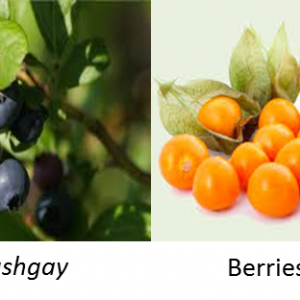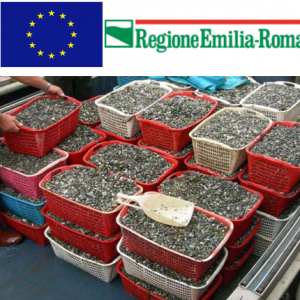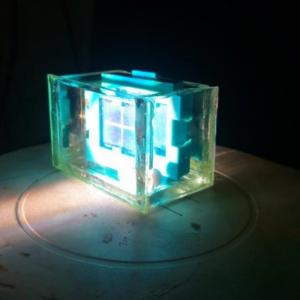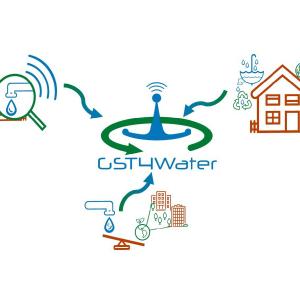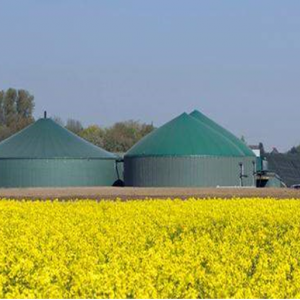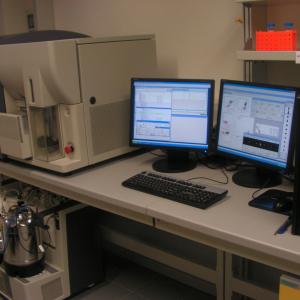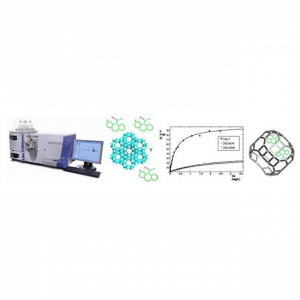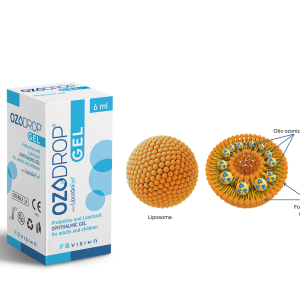
Protective role of a liposomal ozonated oil-based ophthalmic gel against SARS-CoV-2 infection
It is known that SARS-CoV-2 virus can enter the body also through the eyes, especially in individuals suffering from dry eye syndrome. In these individuals, the virus initially causes conjunctivitis, which may potentially progress to the typical...


